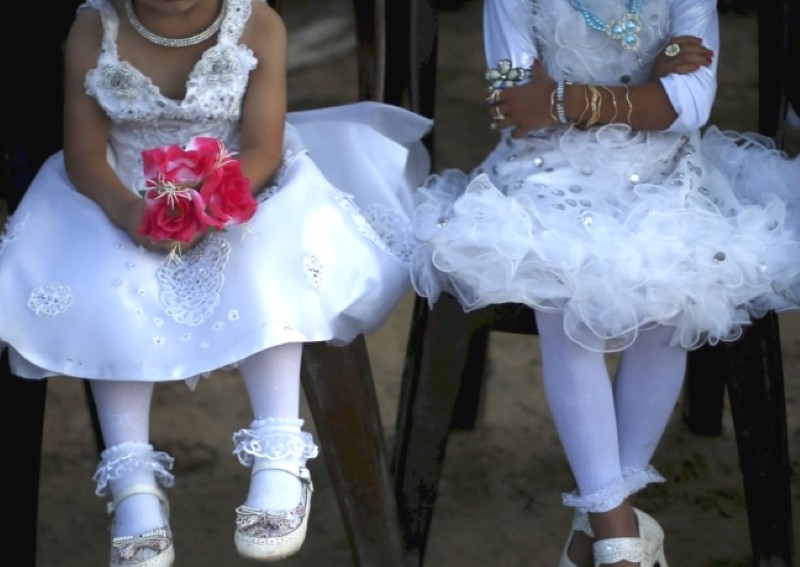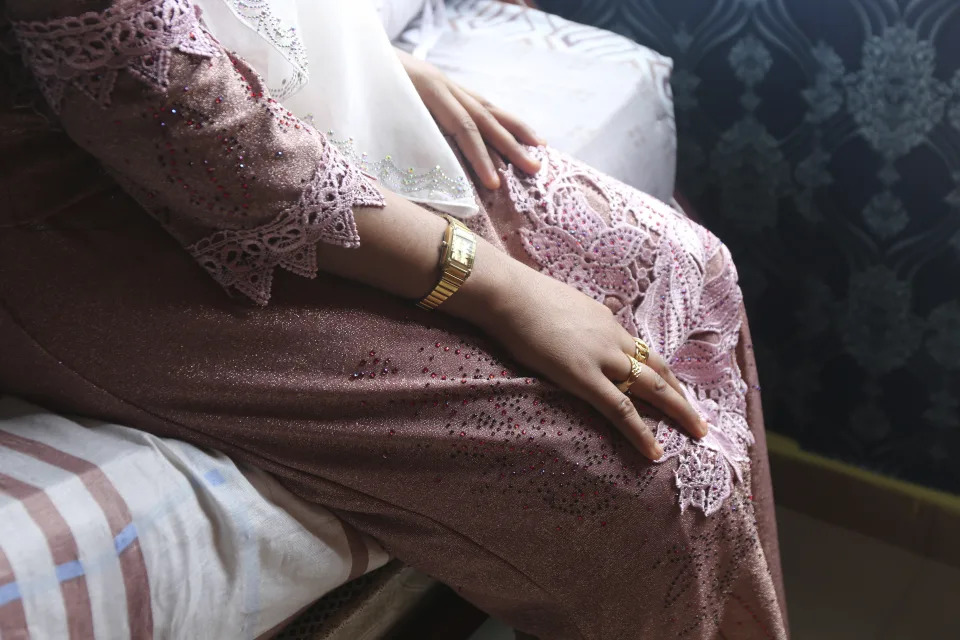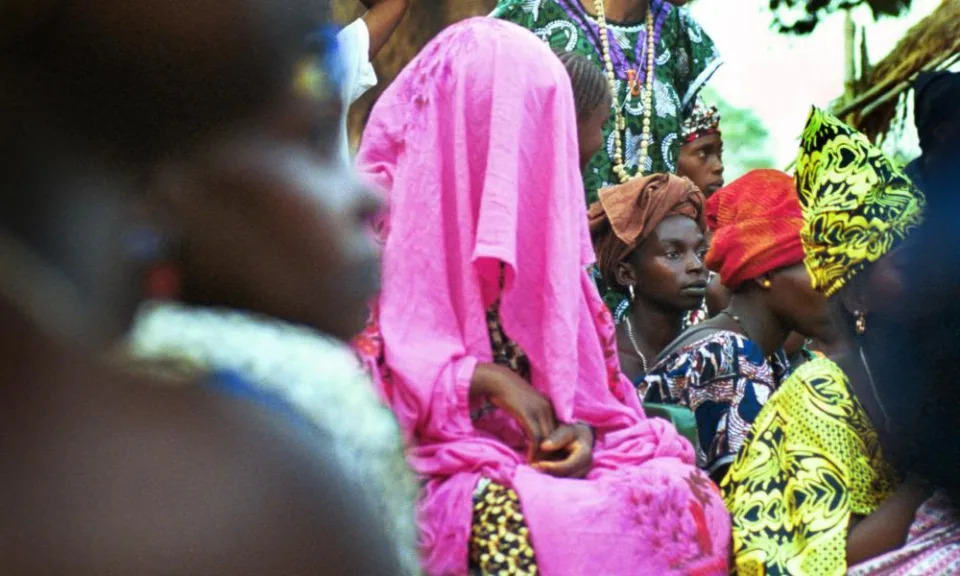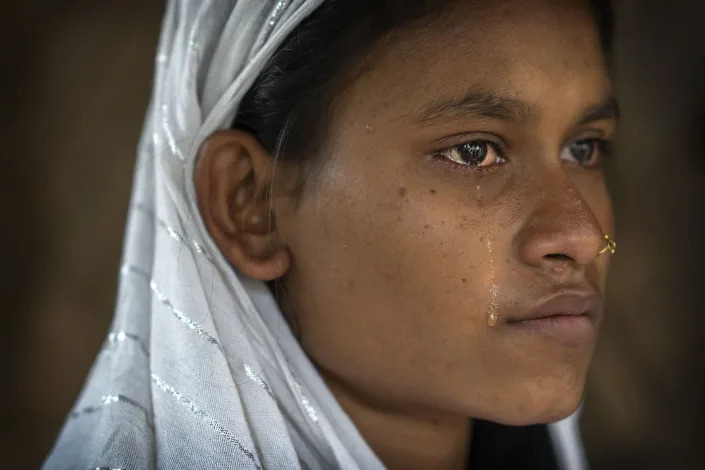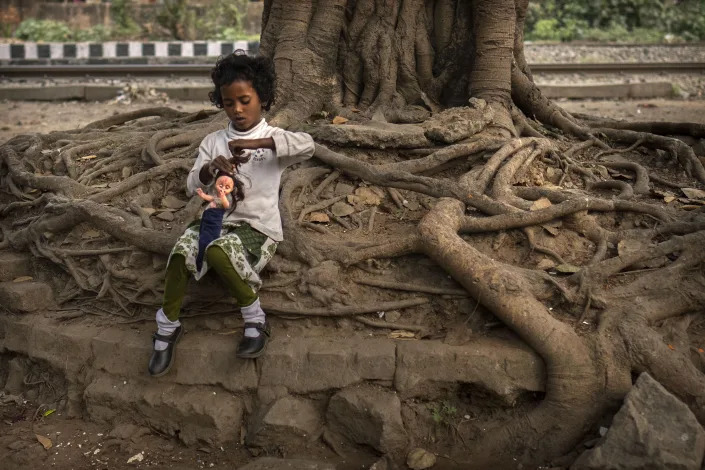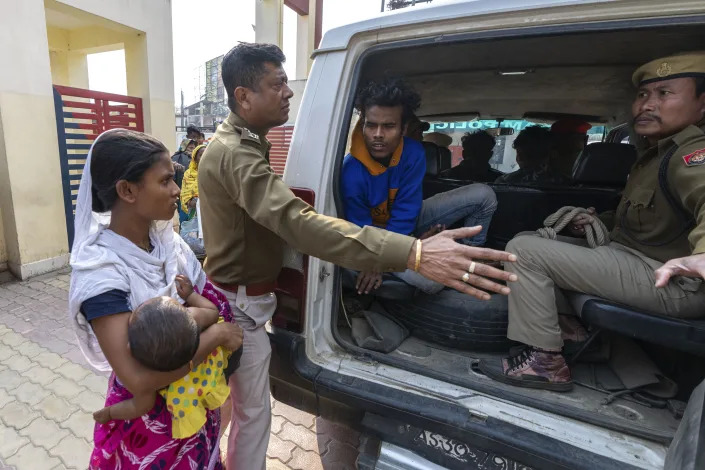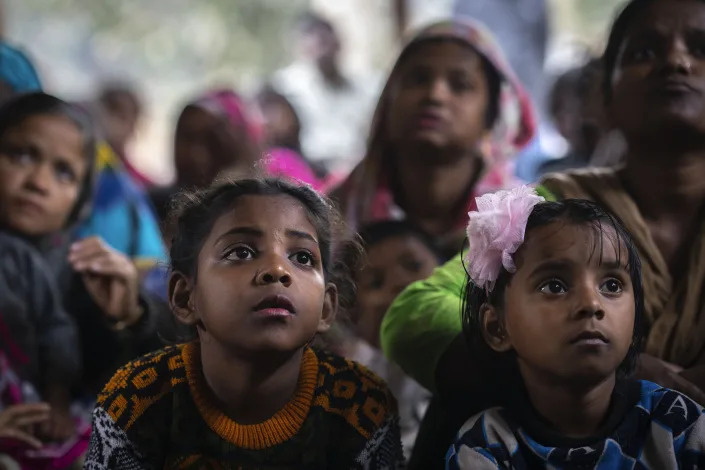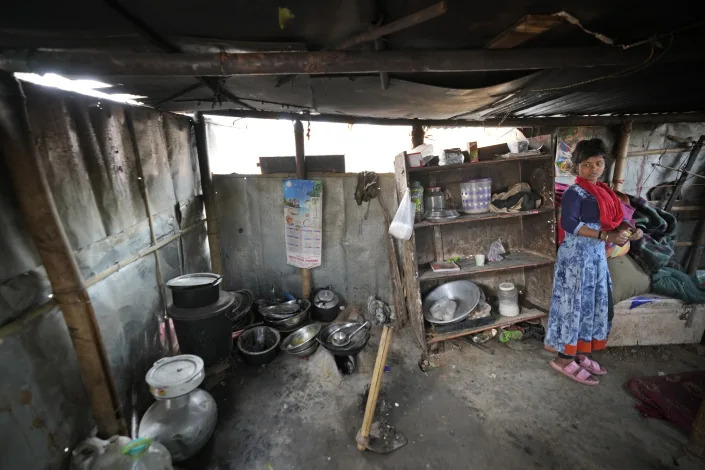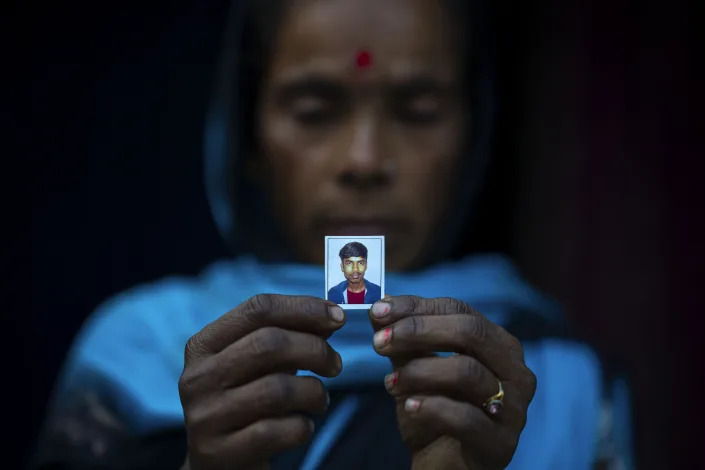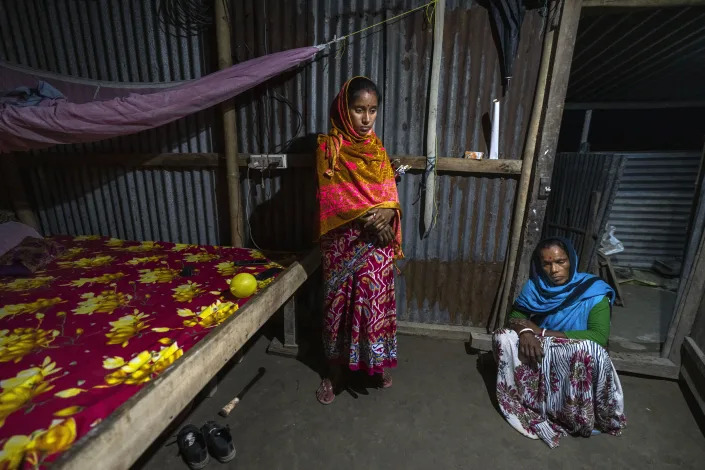UNITED NATIONS: South Asia leads global reductions in child marriage but still needs 55 years to eliminate the practice if it does not speed up the pace, says a UN report released on Wednesday.
To meet the UN target of eliminating child marriage by 2030; South Asia needs to accelerate the pace of reforms by seven times, says the report released by the UN Children’s Fund (Unicef).
Within South Asia, Pakistan is third in reductions, behind Maldives and Sri Lanka but ahead of India, Bangladesh, Afghanistan, Nepal and Bhutan. About 18 per cent women in Pakistan are still married in childhood, which is slightly better than the global average of 19pc.
According to the statistics released on Wednesday, Pakistan still has nearly 19 million child brides as 1 in 6 young women in the country are married in childhood. The minimum legal age for marriage in Pakistan is 18 but about 18pc of girls are married before 18. The age gap between a child bride and her groom is often between 40 to 60 years. At 51pc, Bangladesh has the highest rate of child marriages in South Asia. Maldives has the lowest, only two per cent.
India is home to the largest number of women who married in childhood. One in three child bride lives in India. There are about 34pc women in India who married in childhood. The majority of Indian women married in childhood, gave birth as adolescents.
South Asia leads the world in progress on reducing child marriage. Yet, one in four young women in South Asia were first married or were in union before their 18th birthday.
The region is home to around 290 million child brides, accounting for 45 per cent of the global total. Levels of child marriage vary considerably across the region, from over 50pc in Bangladesh to 2pc in the Maldives.
In Pakistan, India, Nepal, and Bangladesh child brides are more likely to report that wife-beating is justified, and they often experience such violence themselves.
In Pakistan, 55pc of child brides say that wife-beating is justified. In India, 41pc say the same thing. Thirty-three per cent and 28pc in Bangladesh also justify wife-beating. Child brides in South Asia are more likely to live in poor households, have less education and reside in rural areas.
SEE
https://www.academia.edu/2494539/Hegels_Master_Slave_Dialectics
Three in four child brides in the region give birth while they are still adolescents. The vast majority of child brides in South Asia are out of school.
Unicef, however, also reports that the practice of child marriage has continued to decline globally, driven predominantly by a decline in India, which is still home to the largest number of child brides worldwide.
Progress is also evident in other contexts, including in populous countries where the practice has historically been common, such as Bangladesh and Ethiopia. Some smaller countries, such as Maldives and Rwanda, are moving closer to elimination.
Commenting on the good news, Unicef observed that “the experiences of these countries illustrate that progress is possible in a variety of settings.”
But the UN agency warned that a ‘polycrisis’ — of war, climate shocks, and the Covid pandemic — threatens the fragile gains made towards ending the scourge.
Published in Dawn, May 4th, 2023

